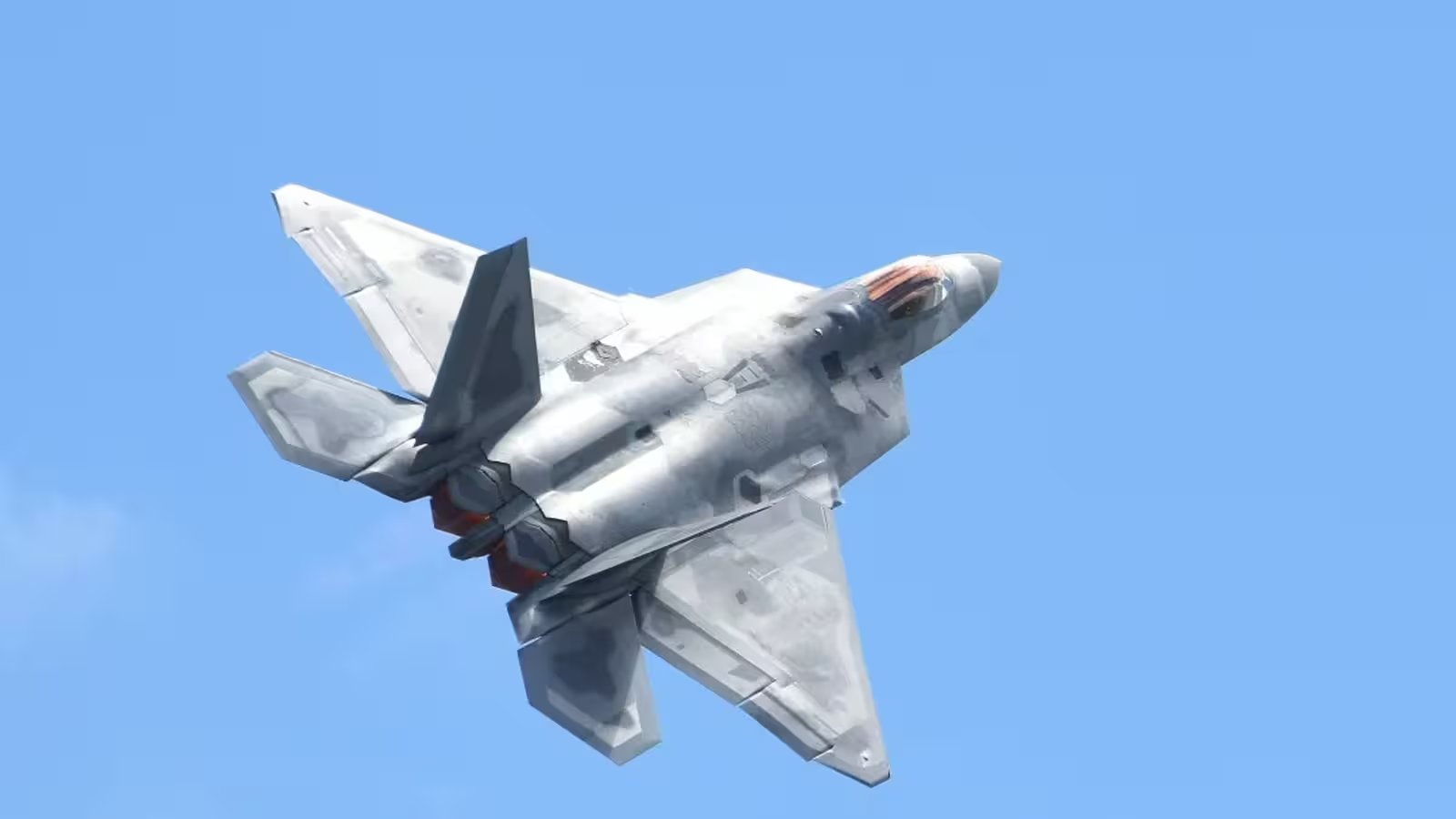3 Minutes
Lockheed Martin Unveils Plans for Autonomous F-35 Fighter Jets
Lockheed Martin, one of the world's foremost aerospace and defense technology companies, is advancing the F-35 fighter jet platform into a new era. With the rapid development of autonomous and pilot-optional flight technologies, the company is poised to maintain the F-35's competitive edge as a next-generation combat aircraft.
Pilot-Optional F-35: A Leap Toward Autonomous Air Combat
During the annual Bernstein Conference, Lockheed Martin CEO Jim Taiclet revealed that a pilot-optional variant of the F-35 could become a reality in a relatively short timeframe. This project is a key component of Lockheed Martin’s '5th Generation Plus' initiative, aiming to equip the F-35 with stealthier coatings, advanced electronic warfare capabilities, and next-gen weaponry within the next two to three years.
Advanced Technologies Drive the Evolution
Innovations initially developed for the F-22 replacement—like sophisticated stealth and electronic warfare systems—are now being integrated into the F-35 to reduce costs while enhancing operational capabilities. These upgrades are expected to boost mission effectiveness and operational flexibility for air forces worldwide.
Strategic Comparisons: F-35 vs. NGAD and the Market Landscape
While Boeing secured contracts for the U.S. Air Force’s sixth-generation Next Generation Air Dominance (NGAD) program and is designing the F-47, Lockheed Martin is focusing on maximizing F-35's potential. Taiclet outlined a vision to deliver 80% of NGAD's capabilities at half the unit cost through a gradual, system-wide upgrade for the F-35 fleet.
To date, more than 1,200 F-35 jets have been delivered to the United States and 12 allied nations. However, according to the U.S. Government Accountability Office, the F-35 program still faces challenges meeting mission objectives, with rising maintenance costs drawing attention from military planners.
Key Features: Autonomy and "Loyal Wingman" Collaboration
Autonomous flight and unmanned operations have become top priorities for the U.S. Air Force. The Collaborative Combat Aircraft (CCA) program is paving the way for uncrewed planes capable of operating independently or alongside manned fighters. These "loyal wingman" platforms serve as sensors, weapons carriers, or electronic warfare nodes, undertaking dangerous or high-risk missions at a lower cost than traditional piloted aircraft.
Lockheed Martin’s CEO emphasizes that the F-35 is evolving beyond a stand-alone platform—envisioned as part of an interconnected system working seamlessly with sixth-generation fighters and autonomous air vehicles. This systems-oriented approach could redefine the future of integrated air combat operations.
Synergies With AI-Driven Flight Initiatives
Lockheed Martin’s push for an autonomous F-35 mirrors similar efforts by the U.S. Air Force and DARPA with the AI-powered F-16. In these advanced defense technology programs, artificial intelligence is being tested, refined, and updated to enable safe and effective autonomous operation of fighter jets.
Market Impact and Technological Significance
By maintaining most of next-gen capabilities at a cost-effective price, the F-35's evolution into an unmanned or pilot-optional fighter stands to have major repercussions for the future fighter jet market. With autonomous capabilities set to fundamentally change the nature of aerial warfare, Lockheed Martin's advancements ensure the F-35 remains a cornerstone platform for modern air forces.



Comments